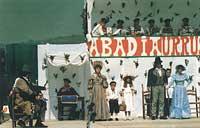Printing in the Basque Country
1995/11/01 Aurkerenea, Joseba Iturria: Elhuyar aldizkaria
As they say, VI. In the 15th century, the first printed books made with wooden plates appeared in Europe from China. Until the 20th century the new system of book reproduction plates did not have great impact among Europeans. 1441 Maguntzia
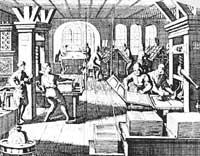
From that moment on, printers proliferated throughout Europe: Pedro Schoeffer, S. Subiaco, Adolf Rusch, Nicolás Jensen, Guillermo Caxton, etc. The first American printing press opened in Mexico in 1533.
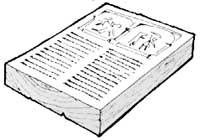
As for Euskal Herria, the printing press was very early, since in 1492 the first printing press was opened in Pamplona. As we know, Euskal Herria has always been a cultural crossroads, so it has never been foreign to the cultural and social movements that have occurred in Europe. Since its inception, the printing press got a great welcome in our country and from then until today, we have many printing presses, printing books and extending the cultural goods of the world to all corners of our geography.
Brokarie and Pamplona printing press
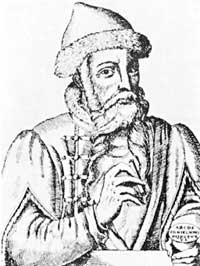
Thirty-six years after the invention of the printing press, specifically in 1492, the printer Arnaldo Guillermo Brokarie installed in Euskal Herria the printing press that was the first in the entire peninsula, in the capital of Navarra, then free kingdom, in Pamplona. That same year he published the first book printed by Brokariak in Euskal Herria, written by tutelary Joan Frantzisko Tornamira on medicine.
Brokarie was one of the best printers of his time. We don't know much about its place of origin; some say it was the cradle of Maguntzia's printing houses, but others claim it was from Alcalá in Spain. In any case, the graphic symbols used in his books undoubtedly indicate that he had studied at the German School.
Brokarie settled in Pamplona in 1492, where he married Maria Zozaia and had three children. In this printing house in Pamplona, before 1500 many incunabula were published, among them the “S. Bonaventurae doctoris eximi dioeta salutis”.
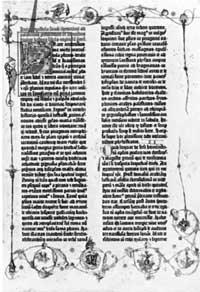
When the civil war broke out between Agramonteses and Beamonteses, Brokariak decided to flee Pamplona and moved his printing press to Logroño. Since then and until death came in 1523, Brokaris' books were published outside the Basque Country.
The printers Miguel Egia and Adrian Anvers
As Muñagorri said in his famous verses last century, “war does not bring good” and the unfortunate war created in Navarre among the banderizes caused, among many other damages, the flight of Brokarie and the disappearance of the printing press of Pamplona in the kingdom of Navarre. In 1546 the lizarra Miguel Egia (assistant and brother-in-law of Brokarie) reopened in Pamplona the second printing press of Euskal Herria. The first book published by Egia was the “Vocabularium ecclesiasticum” by Rodríguez Fernández, and since then only published two other books.
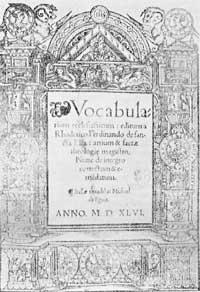
Adrián Anvers replaced Egia in the printing press in Pamplona and it is due to all the books published on those dates, approximately thirty. Under his orders were printed the legal leaflets of the Cortes held in 1561 in Sangüesa and 1565 in Tudela. In 1583 he learned with Anvers and the neighbor of Pamplona, Pedro Borgaña, bought the printing press of his predecessor, publishing several books under the authorization of the Royal Council of Navarra. Although today we do not know why, the Council of Kings itself banned Burgundy from continuing to print books on August 23 of the same year.
Printing books in Basque
Previously he had already published some fragments, verses, phrases or phrases in books printed in Latin or in romance (in Pamplona they are witnesses of that verse published in a book in Spanish by the widow of the printer Matías Marés in 1609), but undoubtedly the first book printed in Basque is the “Linguae Primitconvasum Iae” by Bernart Etxepare (1545). As the author himself tells us in a verse of the chapter called “Contrapas”:
“Stay oraidano without printing on a garment, from
all the
world that walked on you.”
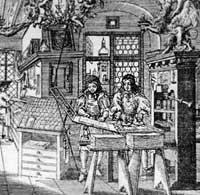
But Etxepare's book was not printed in the Basque Country, but in the nearby printing press in Bordeaux. The books of Protestant pastor Joanes Leizarraga, avenger of Etxepare, were also printed outside the Basque Country: Rochelan from France. XVIII. Most of the books in Basque published in the 20th century also saw the light in external printers. The vast majority of them in the printing press of Bordeaux, such as the writers of the School of Sara, those of Arnaut Oihenarte and Silvain Pouvreau in a Parisian printing press, the book of Bernardo Gazteluzar in Pau and the famous Ortla “Onsa hilceko bidia” by Iban Tartas.
The bilingual Mass book “Treatise on How to Hear Mass”, written by Juan Beriain in 1621, was printed in the Pamplona printing press and his second book “Christiana Doctrine”. In 1656 the bilingual book “Short Exhibition of the Christian Doctrine” by Martín Otsoa Kapanaga was published in the printing press in Bilbao, and in 1684 in Baiona the book “Imitation of Jesu Christo” by Aita Aranbillaga.
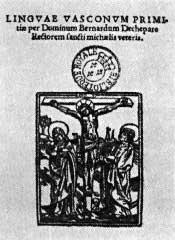
Since then most of the books in Basque have seen the light in the printing houses of Euskal Herria, XVIII. In the 20th century the printing houses of San Sebastián, Bayona, Bergara, Pamplona, Tolosa and Bilbao were the most used. In any case, much of the books in Basque continued to be printed in outdoor printing in Bordeaux, Pabe, Tolosa de Aquitania, Madrid, Salamanca and Paris.
Other printing houses in the Basque Country
In 1577, Matías Marés, a student in Salamanca, inaugurated the first printing press in Bizkaia, where it remained until 1587. His first book, entitled “De Nobility” by the Portuguese Jerónimo Osorio, was written in Latin. Shortly thereafter he printed another book on the life of the saints. In 1592 he went to Navarra, where he was printer of Pamplona and then of Irache. She died around 1609, but her widow continued to print, publishing a book with several verses in Basque the same year her husband died.
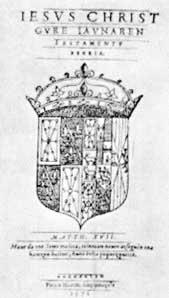
In 1585 Pedro Burgundy, who was forbidden to print in Navarre in Gipuzkoa, published a humble devotionary. In 1572 a printing press was opened in Tudela and under the orders of the printer Porralis. In the Monastery of La Oliva of 1647 they had their own printing press, in the Monastery of Fitero for 1606 and in that of Irache for 1608 (in the same year the book entitled “Art of good living and guide of the roads of heaven” by Aita Antonio Alvarado was published).
From then on the printing press spread throughout the Basque Country, installing its printing presses in many small towns and often publishing high-quality books. This expansive development was accompanied by important advances in typography. In 1642 the first printing press of Iparralde was opened in Baiona and in 1672 in San Sebastian, under the direction of Martín Huarte, in the latter and between 1672 and 1700 some fourteen books were published. According to a letter presented by Huarte to the Provincial Council of Gipuzkoa, the materials he needed for his printing were brought from the city of Antwerp, axis and heart of printing at that time.
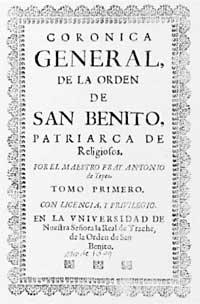
Years later the Herriberri printing house was opened, where the works of the famous Father Francisco Garai were published. We know that by 1715 in Biana the typography was well known, since that year, under the direction of Francisco de Pikarte, the first volume of “The Annals of the Kingdom of Navarre” by Aita Aleson was printed.
Alava was undoubtedly the latest in this extensive printing process, the first XVIII printing presses. Until the nineteenth century it saw no light, until in 1722 the first of Vitoria was opened. Since then the names of the printers have multiplied enormously, passing the new names along with the old ones: Brokarie, Egia, Anvers, Plantin, Didot, Pikart, Ibarra, Rivadeneyra, Baroja... and also the printing press, opening to culture all the roads of Euskal Herria and disseminating printed books to any part of our country.
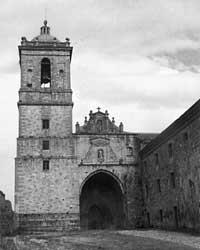
Today, when the impression of a book seems to us the easiest and most common in the world, it seems to me very appropriate that the gaze and memory turn to our humble principles, perhaps because I cannot forget that the triumph of the future is based on the humility of the past.

Gai honi buruzko eduki gehiago
Elhuyarrek garatutako teknologia



